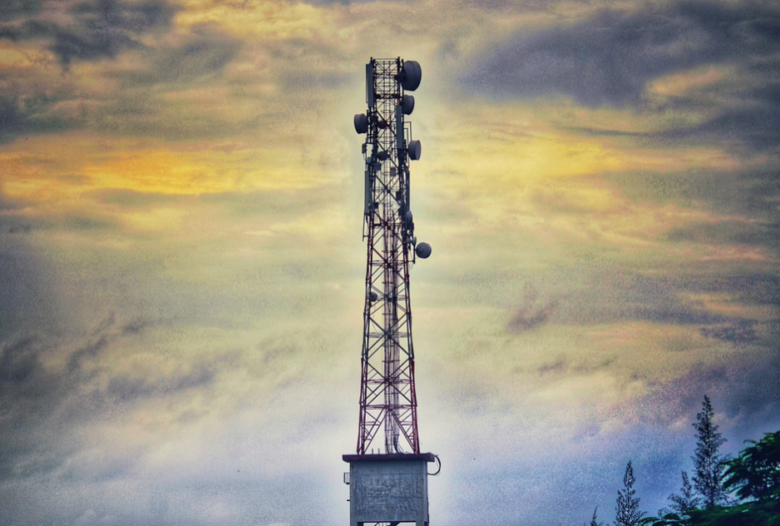Just like when you are determining the correct value for your home, the same idea applies to cell tower lease rates. The value is affected by size, quality, neighborhood, age, style, color, comparable sales etc. However, there are few more things to keep in mind when leasing a cell tower site. Cell tower involves technology, legal, engineering and wireless carrier marketing. It is also important to note that a single site is largely dependent on a much larger cellular network.
Why is a cell site needed? In a time where mobile comes first, there are many reasons why cell sites are needed. To name a few, cell sites can reduce excessive dropped calls, poor quality phone calls, increase data download speeds, radio frequency engineering department usually builds additional sites because of new construction in homes, businesses, or venues and data capacity can be significantly improved so that wireless users can have faster data connections for audio/video uses.
A cell tower lease is an agreement between two parties. The agreement is based on the cellular provider’s approval to operate equipment on the property owner’s land in exchange for rent.
How do you determine your Lease Rate?
Just like real estate, cell tower lease rates are variable based on location. For some property owners, rental fees from a single cellular provider can range from $150,000 in a single year to barely $100 per month.
Cell tower lease rates are essentially based on these 3 factors:
1. Cell Tower Lease Types
2. Location of the Cell Site
3. New Technologies
Cell Tower Lease Types:
Cell Tower Ground Lease – This is a standard lease agreement between a cellular provider and a property owner. This agreement specifies how much land will be dedicated to the construction of the cell site and the contract provides the wireless operator permission to accessthe lease premises. Check here!
Lease Expansions – This type of cell tower lease agreement occurs when a party wants to expand the agreed-upon area from the original ground lease. This agreement typically applies when there is a plan for area expansion and/or equipment upgrade.
Additional Ground Space Lease – Unlike a lease expansion, this lease involves leasing a completely new section of land to a separate carrier.
Tower Collocation Lease – This type of lease is used when a carrier wants to utilize the cell tower and ground space on an existing cell tower already owned by another wireless carrier or tower company.
Rooftop Cell Sites of Commercial–These cell towers are antennas installed on commercial building rooftops. Rooftop sites tend to be popular in the metropolitan areas where there are many tall buildings.
Location of the Cell Site
In tightly packed urban areas,cellular rents are naturally higher. Why? There’s competition. This can put cellular providers and tower companies in a critical state because any delays in Internet connectivity for their customers will ultimately result in a loss of profit.
New Technologies
Small cells, such as microcells, are beginning to become a more favorable option for cellular providers, as they are more efficient, less costly, and somewhat easier to implement in a variety of locations. Microcells are most popular in urban areas where open space is limited. For more information, visit: https://ezinearticles.com/?Cell-Phone-Towers,-NIMBY?&id=2579185
References:
https://www.landmarkdividend.com/cell-tower-lease-rates-explained/

